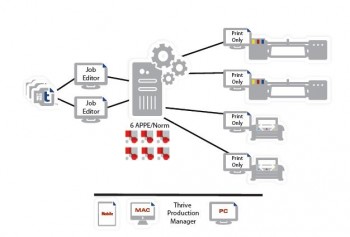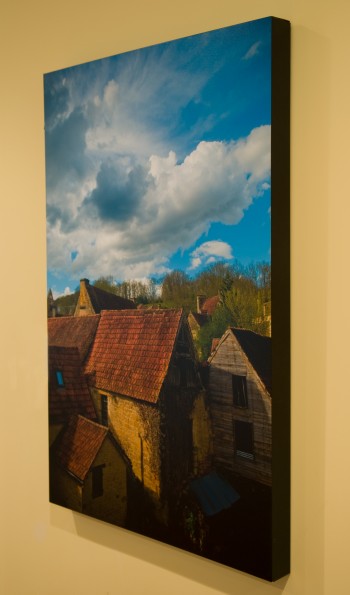ONYX announced new incentive pricing available at LexJet when you convert from ONYX PosterShop or ProductionHouse to ONYX Thrive, a full-featured, scalable PDF network-based workflow solution based on the Adobe PDF Print Engine.

Conversion incentive pricing is good through March 29, with considerable savings when you convert from PosterShop or ProductionHouse to Thrive. If you trade in your ONYX PosterShop version 10.x for ONYX Thrive 642, for instance, you receive a value of $2,500. Trade in ONYX ProductionHouse version 10.x for ONYX Thrive 862 and receive a value of $4,000. There is also special pricing available for ONYX versions 6.5 and 7.x.
Thrive offers print shops a cost-effective way to grow their business by spreading out the workflow across multiple computers and streamlining the Adobe print process. Therefore, Thrive is more easily scalable as the print shop adds more printers and grows their business.
Plus, you can drive production from a mobile device, like an iPad, with the new Thrive Production Manager. With Thrive Production Manager on a secure network you simply open a browser, point it to the RIP Queue, and away you go, wherever you are.
To find out all the conversion pricing, and for more information about the incentive, contact a LexJet customer specialist at 800-453-9538.



